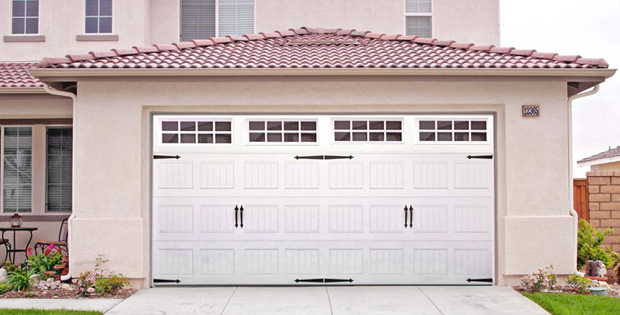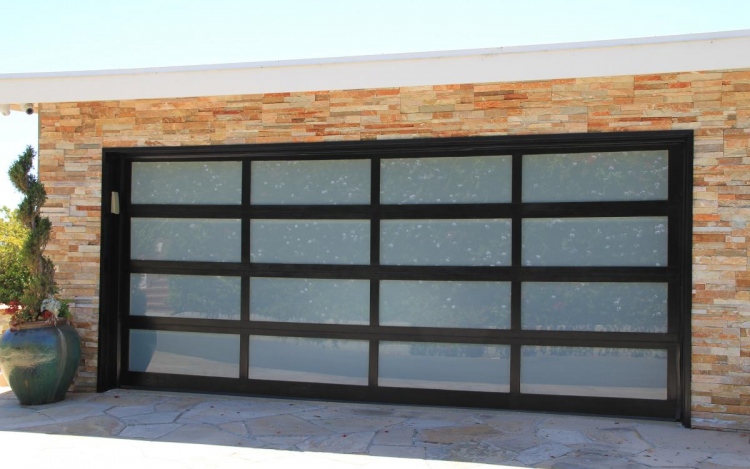There are several different kinds of garage doors. There are up-and-over garage doors, which lift up as a single unit. The most common garage doors, however, are roller garage doors. These are made in sections and they run along a track to open. There are a few reasons why these are the most common type of garage door; namely, they save more space than practically any other kind of garage door. However, they can experience a few problems. The problems they face are because of their basic design; and while the problems might be unavoidable, they are usually common enough to have simple solutions.

Garage Door Operation
A roller garage door operates because it is connected to a motor at the top of the track. When you activate your garage door, the motor turns and pulls a cable. The cable lifts the garage door along a predetermined track. Garage doors can be very heavy. In order to keep the motor’s work to a minimum, the garage door is also loaded with springs.
The garage door springs act in place of a counterweight. So, if a garage door weighs 200 kg, a motor would need to winch over 200 kg to pull it open. However, if it is loaded with springs rated to 100 kg of force, then the garage motor only needs to pull 100 kg. That is why springs are so important and why they are often the first component to fail.
Garage Door Springs
Garage door springs are under an incredible amount of pressure. If you think you are having spring problems, you need to visit associatedgaragedoors.co.uk. They will be able to schedule an appointment with you to inspect your springs. How do you know if you are having spring problems, though?
Your garage door motor might sound as if it is under an increased amount of strain. That is usually a sign that something is going wrong with your garage door. Furthermore, your garage door might start to sag. When you open it all the way, it might not actually be completely open. That is sometimes a sign that your motor cannot handle the added stress. However, a sagging door could also mean that your garage door cable has stretched.
Garage Door Cables
Much like garage door springs, cables are designed not to stretch; however, they do stretch. They are under incredible strain at most times, and that will cause them to stretch over time. You can often diagnose the stretching because the door will droop when it’s all the way open. When you close it, it will touch the ground before the motor is done turning. That is because the motor is programmed for a certain length of cable. When the cable stretches, it adds several centimetres to that length. Those centimetres can throw off the smooth operation of the garage door.
Lastly, you should inspect the cable for damage. If there are any points where the cable looks thin or frayed, you should stop using the garage door and call a professional, as a frayed cable could pose serious danger. The same is true of garage door springs; do not attempt to work on your garage door without the help of a professional.




